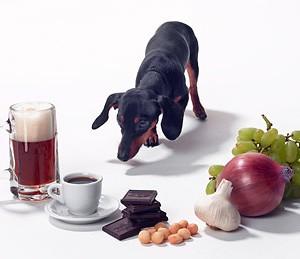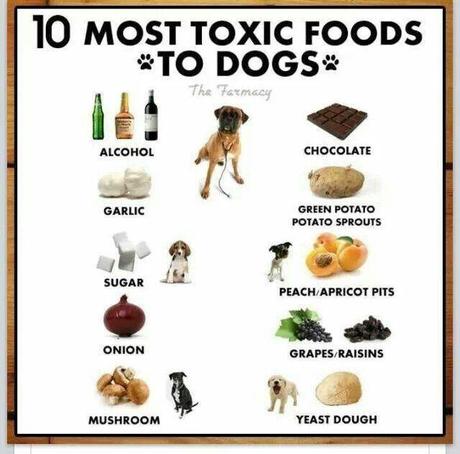
If your dog ingests an unknown substance, it is important to determine whether that substance is a poison. Most products have labels that list their ingredients, but if the label doesn’t tell you the composition and toxicity of the product, call the veterinarian immediately. In some cases, you can call the emergency room at your local hospital, which may be able to give you information about how to treat the poison.
(Check out Stop Dog Drug Poisoning)
Specific antidotes are available for some poisons, but they cannot be administered unless the poison is known, or at least suspected by the circumstances. Some product labels have phone numbers you can call for safety information about their products. When signs of poisoning develop, the most important consideration is to get your dog to the nearest emergency veterinary facility at once. If possible, find the poison and bring the container with you. This provides the emergency personnel with an immediate diagnosis and expedites treatment.
If the dog has ingested the substance recently, residual poison is often present in his stomach. An initial and most important step is to rid the dog’s stomach of any remaining poison. The most effective way to empty the stomach is to pass a stomach tube, remove as much of the stomach contents as possible, and then wash the stomach out with large volumes of water. This must be done by your veterinarian.
In many cases it is preferable to induce vomiting at the scene rather than proceed directly to the veterinary hospital. For example, if you see the dog swallow the poisonous substance, it is obviously best to make the dog vomit it right back up. Similarly, if the poison was ingested within two hours but it will take 30 minutes or longer to get to a veterinary facility, it is frequently advisable to induce vomiting at home.

If your dog ingests an unknown substance, it is important to determine whether that substance is a poison. *
However: DO NOT induce vomiting:
- If the dog has already vomited
- If the dog is in a stupor, breathing with difficulty, or shows any sign of neurological involvement
- If the dog has swallowed an acid, alkali, cleaning solution, household chemical, or petroleum product
- If the dog has swallowed a sharp object that could lodge in the esophagus or perforate the stomach
- If the label on the product says, “Don’t induce vomiting.”
How to Induce Vomiting and Prevent Poison Absorption
Induce vomiting by giving the dog hydrogen peroxide. A 3% solution is most effective. Give 1 teaspoon (5 ml) per 10 pounds (4.5 kg) body weight of the dog. Repeat every 15 to 20 minutes, up to three times, until the dog vomits. Walking the dog after giving each dose may help to stimulate vomiting.
Once the poison has been cleared from the dog’s stomach, give him activated charcoal to bind any remaining poison and prevent further absorption. The most effective and easily administered home oral charcoal product is compressed activated charcoal, which comes in 5-gram tablets. The dose is one tablet per 10 pounds (4.5 kg) of body weight. Products that come in a liquid or as a powder made into a slurry are extremely difficult to administer at home with a syringe or medicine bottle. The slurry is dense and gooey, and few dogs will swallow it voluntarily. These products are best administered by stomach tube. This is routinely done by your veterinarian after flushing out the stomach. If activated charcoal is not available, coat the intestines with milk and egg whites using ¼ cup (60 ml) egg whites and ¼ cup milk per 10 pounds (4.5 kg) of body weight. Administer into the dog’s cheek pouch using a plastic syringe.
* image source

